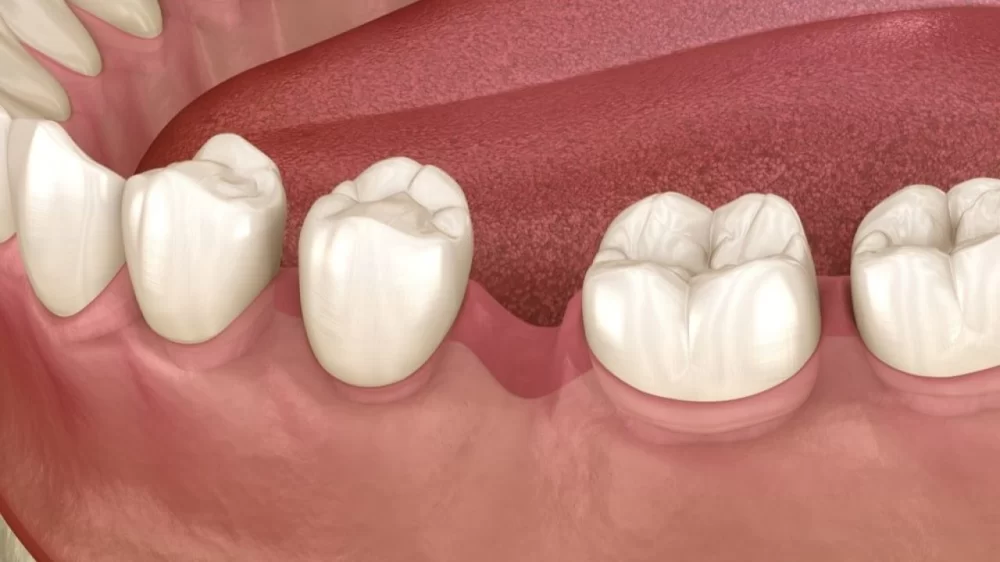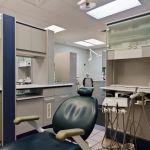
- Understanding-Teeth-Shifting-After-Tooth-Loss
- Why-Preventing-Teeth-Shifting-Is-Crucial
- Effective-Methods-to-Stop-Teeth-Shifting
- Long-Term-Care-and-Maintenance-for-Stable-Teeth
- Real-Life-Experience-and-Professional-Recommendations
1. Understanding Teeth Shifting After Tooth Loss
Tooth loss is more than just a cosmetic concern—it triggers a cascade of changes within the mouth. One common and problematic consequence is the shifting of adjacent teeth into the empty space left by the missing tooth. This movement can disrupt your bite, lead to misalignment, and cause difficulty chewing or speaking.
When a tooth is lost, neighboring teeth tend to drift towards the gap over time, and opposing teeth may over-erupt due to the lack of contact. This natural but undesirable movement compromises the structural integrity of your dental arch and can accelerate further oral issues such as gum disease or jawbone deterioration.
Understanding how and why teeth shift after tooth loss lays the foundation for exploring how to stop teeth from shifting after tooth loss effectively.
1.1 Biological Mechanisms Behind Teeth Movement
The periodontal ligament, which anchors teeth in place, loses balance when a tooth is removed. Without the pressure and stimulation from the missing tooth, the bone beneath the gap begins to resorb. Adjacent teeth, sensing the open space, gradually lean into it, causing crowding and gaps elsewhere. This natural adaptation makes it essential to intervene promptly after tooth loss.
2. Why Preventing Teeth Shifting Is Crucial
Allowing teeth to shift unchecked can have serious consequences beyond just aesthetics. Misaligned teeth increase the risk of plaque buildup in hard-to-clean areas, heightening the chances of cavities and periodontal disease. Bite changes can strain the jaw muscles and joints, leading to discomfort or temporomandibular joint disorder (TMJ).
Moreover, shifting teeth may complicate future dental treatments. For example, if you delay replacing the missing tooth, the available space might diminish, making it harder to fit implants or bridges properly. Acting early to prevent teeth shifting preserves oral function and simplifies restorative options.
2.1 Impact on Overall Oral Health
Beyond shifting teeth, the loss of a tooth can accelerate bone loss in the jaw, which compromises facial structure and further destabilizes remaining teeth. Maintaining the correct tooth position helps distribute biting forces evenly, protecting your mouth’s health and function.
3. Effective Methods to Stop Teeth Shifting
Stopping teeth from shifting after tooth loss involves both immediate and long-term solutions. Here are the most reliable methods backed by dental professionals.
3.1 Dental Implants: The Gold Standard
Dental implants provide a permanent replacement by anchoring a titanium post into the jawbone, mimicking the natural tooth root. This stimulation prevents bone resorption and maintains the space, effectively stopping teeth from shifting. Implants also restore chewing function and appearance with great durability.
3.2 Dental Bridges
Bridges are fixed restorations that fill the gap by anchoring an artificial tooth to adjacent teeth. They help maintain alignment by physically blocking neighboring teeth from moving into the empty space. Bridges are a less invasive alternative when implants are not an option, although they require altering adjacent teeth.
3.3 Removable Partial Dentures
Though less permanent, partial dentures offer an affordable way to replace missing teeth and maintain spacing. While not as stable as implants or bridges, they can be a practical short-term solution.
3.4 Orthodontic Appliances and Retainers
In some cases, orthodontic devices may be used temporarily to hold teeth in place after extraction or during treatment. Retainers help preserve alignment post orthodontic care and can prevent unwanted drifting.
3.5 Timely Intervention
One of the most important factors is acting quickly after tooth loss. Early consultation with a dental professional can determine the best method to preserve spacing and prevent shifting before it becomes severe.
4. Long-Term Care and Maintenance for Stable Teeth
Preventing teeth from shifting doesn’t stop at replacing missing teeth; it requires ongoing care to maintain oral health.
4.1 Consistent Oral Hygiene Practices
Maintaining a routine of brushing, flossing, and professional cleanings minimizes plaque buildup and keeps gums healthy, supporting stable teeth.
4.2 Regular Dental Check-ups
Frequent visits allow early detection of any unwanted movement or issues related to tooth replacements, ensuring prompt corrections.
4.3 Lifestyle Adjustments
Limiting habits such as teeth grinding or nail-biting can reduce forces that contribute to shifting. If grinding is an issue, night guards may be recommended.
5. Real-Life Experience and Professional Recommendations
Take the example of James, a 58-year-old who lost a molar and delayed treatment. Within a year, his adjacent teeth shifted noticeably, causing bite discomfort and difficulty chewing. After consulting his dentist, James received a dental implant which restored function and prevented further shifting. With ongoing care and follow-ups through Dentistry Toothtruth, James maintained healthy alignment and avoided complex orthodontic work.
Dental professionals consistently stress that the best way to stop teeth from shifting after tooth loss is to seek timely treatment and explore options like implants or bridges. For those uncertain about the ideal choice, Dentistry Toothtruth offers personalized advice and access to trusted products and services to support long-term oral health.
Addressing tooth loss proactively not only preserves your smile but also protects overall dental function and comfort, making it a worthwhile investment in your health.







 Banyan Dental Care4.0 (90 review)
Banyan Dental Care4.0 (90 review) Jared Shore DMD5.0 (20 review)
Jared Shore DMD5.0 (20 review) Dental Solutions Market Street4.0 (576 review)
Dental Solutions Market Street4.0 (576 review) MDS Dental Solutions, LLC0.0 (0 review)
MDS Dental Solutions, LLC0.0 (0 review) Smile Dental of New Rochelle5.0 (242 review)
Smile Dental of New Rochelle5.0 (242 review) Oakwood Dental Arts4.0 (470 review)
Oakwood Dental Arts4.0 (470 review) The Importance of Oral Health Education During Pregnancy for a Healthy Pregnancy
The Importance of Oral Health Education During Pregnancy for a Healthy Pregnancy Best Tips for Brushing Your Teeth Properly for Healthy Gums: Essential Techniques for Oral Health
Best Tips for Brushing Your Teeth Properly for Healthy Gums: Essential Techniques for Oral Health Why Skipping Dental Checkups Can Lead to Bigger Oral Health Problems
Why Skipping Dental Checkups Can Lead to Bigger Oral Health Problems Advantages of Porcelain Dental Restorations
Advantages of Porcelain Dental Restorations How Can Diabetes Cause Tooth and Gum Problems? Preventing and Managing Oral Health Issues
How Can Diabetes Cause Tooth and Gum Problems? Preventing and Managing Oral Health Issues Healthy Habits for Promoting Good Oral Health and Hygiene: Tips for a Healthy Smile
Healthy Habits for Promoting Good Oral Health and Hygiene: Tips for a Healthy Smile